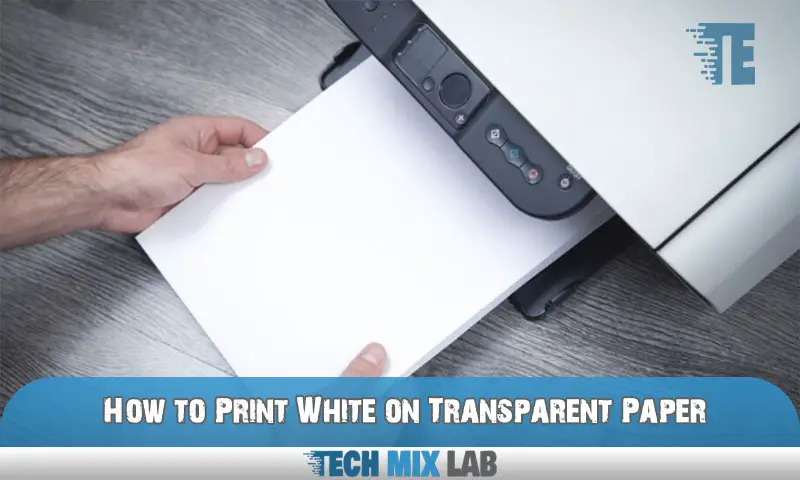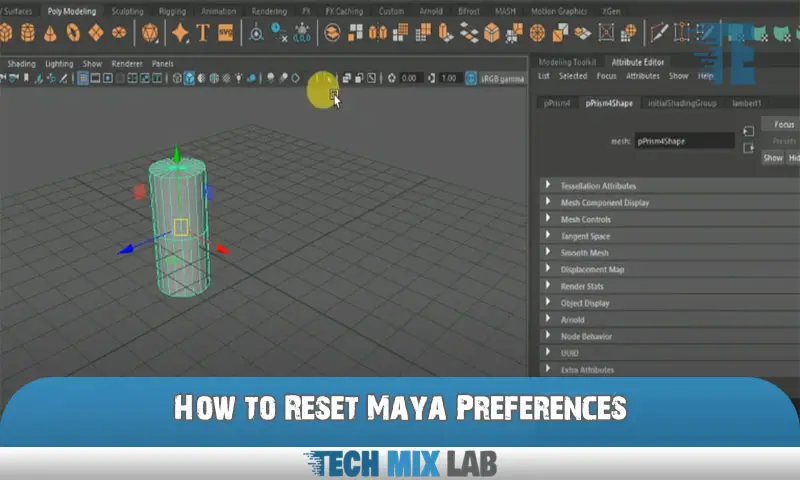To print white on transparent paper, you can use a special printer that supports white ink or toner. Alternatively, you can print a white design on a regular printer and apply white ink or toner manually using a screen printing technique.
This process involves creating a stencil, applying white ink or toner through the stencil onto the transparent paper, and allowing it to dry thoroughly. Once dry, the white design will be visible on the transparent paper. Printing white on transparent paper allows for unique and creative designs for various applications, such as labels, stickers, and window decals.
Understanding The Basics
Transparent paper is a versatile option for creative projects, but printing white on it can be challenging. To start, it is important to understand the basics of this process. One key aspect is knowing the types of transparent paper available.
Laser printing and inkjet printing are two popular methods for printing on transparent paper. Laser printers use heat to fuse toner onto the paper, resulting in a durable and smudge-resistant print. On the other hand, inkjet printers use liquid ink that is absorbed into the paper, creating vibrant and detailed prints.
When choosing a printer for printing white on transparent paper, consider factors such as the type of project, level of detail, and budget. By understanding the basics of transparent paper and choosing the right printer, you can achieve high-quality white prints on transparent paper for your creative endeavors.
Preparing Your Design

Preparing your design for printing white on transparent paper requires compatibility with design software. Make sure your chosen software supports transparency settings and allows you to work with layers. After opening your design file, create a transparent background by removing any existing background colors or images.
This will ensure that only the elements you want to print in white remain visible. Adjust the opacity of your image or text to achieve the desired level of transparency. Increasing the opacity will make the elements more opaque while decreasing it will make them more transparent.
Experiment with different settings to achieve the best results for your design. By following these steps, you can successfully print white on transparent paper.
Selecting The Right Materials
Transparent paper is a popular choice when it comes to printing white text or images. When selecting the right materials, it’s important to consider using high-quality transparent paper for optimal results. Different paper options are available for various purposes, allowing you to customize your prints accordingly.
Additionally, experimenting with different paper thicknesses is crucial, as it can affect the end result. By testing out various options, you can ensure that your white prints on transparent paper turn out crisp and clear. Whether you’re designing labels, stickers, or other printed materials, choosing the right transparent paper and conducting thorough testing will help you achieve the desired outcome.
So, take your time to explore the available options and find the perfect combination for your printing needs.
Printing Techniques For White Ink
Printing white ink on transparent paper can be achieved through various techniques. One method is the subtractive color approach, where white ink is applied on top of a colored background to create the desired effect. Another technique is the overlay method, where multiple layers of transparent ink are used to achieve the desired opacity.
Heat transfer is yet another method where heat is used to transfer the white ink onto the transparent paper. These techniques allow for creative and eye-catching designs, especially when used for labels, stickers, or artistic projects. With these methods, you can bring your ideas to life and create stunning prints with white ink on transparent paper.
Calibrating Your Printer
Calibrating your printer is crucial for achieving optimal results when printing white on transparent paper. Start by adjusting the color settings on your printer to ensure accurate color reproduction. This step will help you achieve the desired vibrancy and clarity in your prints.
Next, it’s important to test the print quality to ensure that the white ink is evenly applied and does not appear streaky or faded. Regularly evaluating the print quality will help identify any issues and make necessary adjustments. If you encounter common problems like smudging or ink bleeding, troubleshooting techniques can come to your rescue.
By following these steps, you can successfully print white on transparent paper with precision and clarity, opening up creative possibilities for various projects and presentations.
Tips For Achieving High-Quality Results
To achieve high-quality results when printing white on transparent paper, it is important to use the right paper settings. Adjusting the printer settings can help achieve the desired opacity by applying multiple layers. This will prevent any smudging or bleeding that could occur during the printing process.
By ensuring the correct paper settings, you can enhance the visibility and clarity of the white ink on the transparent paper. It is essential to pay attention to the printer’s instructions and make any necessary adjustments to optimize the printing process.
With the right settings in place, you can produce crisp and vibrant prints on transparent paper, perfect for various creative projects or professional presentations.
Post-Printing Considerations
After printing on transparent paper, it is essential to consider post-printing procedures. First, allow the prints to dry completely before handling them to avoid smudging or damaging the ink. When storing prints for longevity, ensure they are kept in a cool and dry location, away from direct sunlight or high humidity.
This will help prevent any potential fading or discoloration over time. To further protect the prints, consider using archival-quality sleeves or framing them with UV-blocking glass. This will help maintain the vibrancy and clarity of the prints for extended periods.
By following these guidelines, you can ensure that your white prints on transparent paper remain crisp and captivating.
Inspiring Applications And Ideas

Transparent paper can be a versatile medium for various applications and creative projects. For instance, you can use it to design elegant wedding invitations and stationery. Additionally, it is perfect for creating window decals and signage, allowing for eye-catching displays.
If you prefer do-it-yourself projects, transparent paper can be used for making unique stickers and labels. It provides a professional and polished look to your creations. Moreover, artists and enthusiasts can use transparent paper for artistic and creative projects. Its ability to print white allows for stunning and intricate designs.
The possibilities are endless when it comes to using transparent paper in innovative and inspiring ways. So, let your imagination run wild and explore the beauty of printing white on transparent paper.
FAQ
Can You Print White On Clear Paper?
Yes, it is possible to print white on clear paper. The ink used for printing white on clear paper is typically a special type of ink called “reverse print” or “reverse transfer. ” This ink creates an opaque white layer when printed onto clear paper, allowing the text or images to stand out.
How Can I Print White Without White Ink?
To print white without white ink, you can try a technique called reverse printing. This involves printing on a transparent or semi-transparent material, such as film or acetate, and then placing it over a white surface. When light passes through the material, it creates the illusion of white color.
How Do You Print White On Colored Paper?
To print white on colored paper, you can use a few different methods. Firstly, you can use a white inkjet printer or a white laser printer. These printers have a special white ink or toner that allows for printing white onto colored paper.
Conclusion
A few straightforward methods can be used to print white on transparent paper. Firstly, selecting the right printer with the capability to print with white ink is crucial. Secondly, ensuring the artwork or design is properly prepared by creating a separate layer for white elements is essential.
Additionally, experimenting with different opacity levels and adjusting settings on the printer can help achieve the desired results. It is also important to conduct test prints to ensure quality and clarity. Lastly, taking into consideration the type of transparent paper being used, such as vellum or acetate, can further enhance the printing process.
By keeping these tips in mind and practicing with patience, anyone can successfully print white on transparent paper and create stunning and unique designs. So, go ahead and explore the possibilities that white printing on transparent paper can offer to unleash your creativity.





